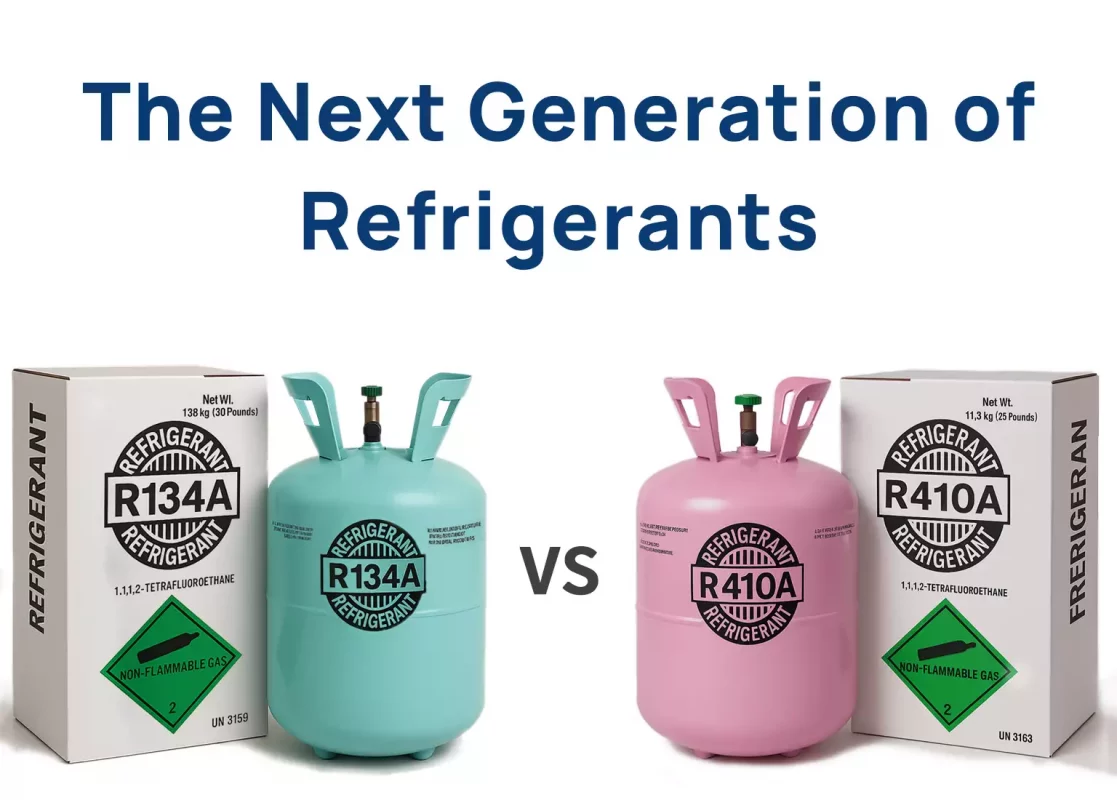The Great Refrigerant Shift: Your 2025 Survival Guide for the HFC Phase-Down
Strap in, HVAC professionals – the refrigerant landscape beneath your feet isn’t just shifting; it’s undergoing a seismic transformation, and 2025 is the year the tremors become impossible to ignore. The industry-wide phase-down of hydrofluorocarbons (HFCs), mandated by the U.S. AIM Act and aggressively enforced by the EPA, is now roaring full steam ahead. Forget gentle nudges; this year slams the door even tighter on the production and import of familiar high-GWP (Global Warming Potential) workhorses like R-410A, R-404A, and R-134a. The ambitious target? A staggering 40% reduction from baseline levels was just the 2024 appetizer; 2025 demands an even deeper cut, squeezing the supply pipeline like never before.
What’s the Real-World Fallout for Your Business? I
magine peak summer heat bearing down, demand skyrocketing, but the refrigerants you rely on are suddenly scarce and eye-wateringly expensive. That’s not a hypothetical nightmare; it’s the emerging reality. Bulk buyers are already navigating a treacherous new world: wholesalers report ballooning lead times, frustratingly limited allocations, and customers scrambling as options dwindle. The impacts are hitting hard:
- Your Wallet Takes the Punch: Brace for significantly higher prices, especially for the common HFCs still trickling through the system. That R-410A recharge just got a lot more costly.
- The Rush to Alternatives Intensifies: Demand is exploding for the next generation of lower-GWP solutions – think sleeker, more efficient options like mildly flammable but high-performing R-32, the popular R-410A replacement R-454B, and the increasingly vital market for rigorously reclaimed refrigerants giving old gas a new lease on life.
- Paperwork Gets Serious: The days of casual transactions are over. Stricter EPA tracking and reporting requirements for every pound sold and used mean meticulous record-keeping is now non-negotiable for compliance.
How to Not Just Survive, But Thrive in the New Normal: This phase-down isn’t a temporary blip; it’s the permanent future. Adapting swiftly isn’t optional – it’s essential for staying compliant, profitable, and ahead of the competition. Here’s your action plan:
-
Become a Master Planner (Yesterday):
Waiting for the summer crunch is a recipe for disaster. Stock strategically during the off-season lulls. Analyze past usage patterns and upcoming jobs meticulously, forecasting your refrigerant needs months, not weeks, in advance. Build relationships with suppliers who understand your needs.
-
Embrace the Alternatives Ecosystem:
Don’t just know the names – deeply understand the characteristics, handling requirements, and equipment compatibility of low-GWP stars like R-32, R-454B, R-466A, propane (R-290), and CO2 (R-744). Your customers will be forced to switch soon, either through new installations or retrofits. Be their knowledgeable guide, not a confused bystander.
-
Knowledge is Your Power Tool:
Continuous education is critical. Ensure your entire team – from techs to sales – is relentlessly up-to-date on the latest EPA regulations, reporting procedures, and safe handling protocols for new refrigerants. Empower your customers with clear information to help them make compliant, cost-effective choices.
The message is unequivocal: The HFC era is actively winding down. 2025 marks a pivotal acceleration point. Success hinges on foresight, flexibility, and expertise. By planning aggressively, mastering the alternatives, and prioritizing education, you won’t just weather the refrigerant revolution – you’ll lead the charge into a cooler, more sustainable future. Ignore this shift at your peril; embrace it as your competitive edge.
Visit the EPA’s HFC Phasedown Hub for tools and state-specific rules.

